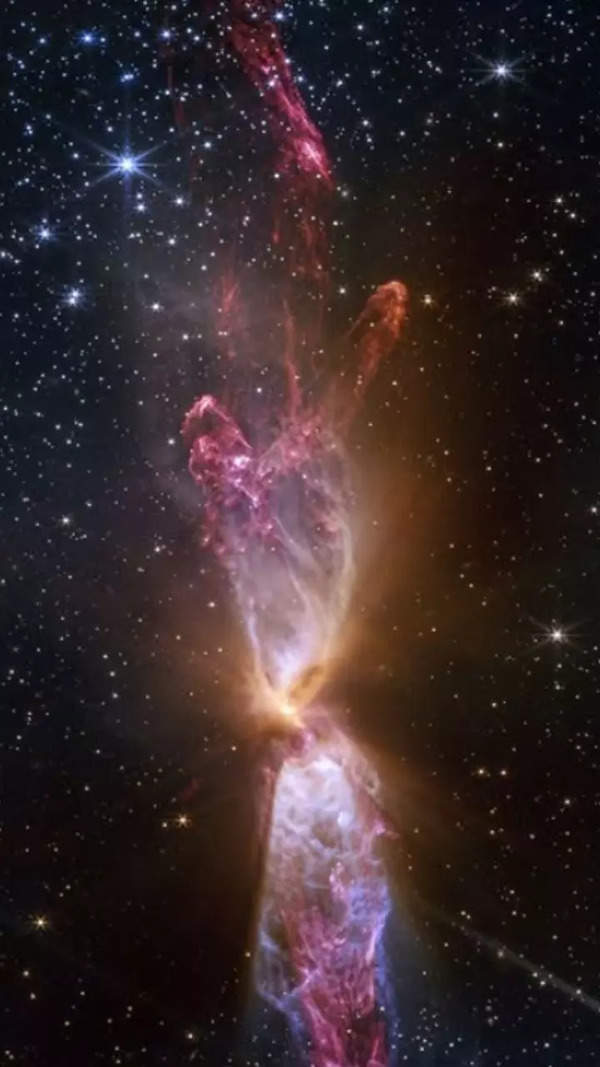Trending
Supersolid light? Researchers achieve a groundbreaking quantum feat
Scientists have observed photons behaving as a supersolid, a unique quantum state where particles form a rigid structure but also flow without viscosity.
Solid, liquid, and gas are the three most common states of matter as far as we are aware of. However, what if you are told that at temperatures near absolute zero, things get weird. Atoms start behaving in ways that defy our everyday experiences, giving rise to strange states of matter.
One such exotic state is the supersolid, which was first theorized in the 1960s but was only proven in 2017 by scientists at MIT and ETH Zurich. A supersolid is a special quantum state of matter where particles form a rigid, spatially ordered structure, but also flow with zero viscosity.
But our understanding of science and the world only evolves more as we learn more about it. Thus, researchers have taken this concept further by exploring whether light itself can behave as a supersolid.

It was observed that at the start, only a few photons were present, moving randomly. But as their number increased past a critical threshold, they condensed into a single, highly ordered quantum state.
The researchers tried to explain the phenomenon through an analogy: Imagine a packed theater with only three open seats in the front row—one in the center and two at the far ends. The center seat offers the best view, so naturally, people would want to sit there. In the quantum world, bosonic particles (a type of subatomic particle) behave unusually—everyone can occupy the same seat simultaneously, creating what's known as a Bose–Einstein condensate, a form of superfluidity.
However, as soon as more photons join the system, they start getting pushed out of that "center seat" into the other two available spots to balance the system’s energy. This shift creates what scientists call satellite condensates, where groups of photons occupy different quantum states while still sharing the same energy.

This is where the magic happens—the system organizes itself into a pattern, forming a supersolid state in which light behaves as both a fluid and a structured solid.
While the science behind it is complex, the breakthrough has huge implications for quantum research, photonics, and future technology. It pushes the boundaries of what we know about light and matter, opening doors to entirely new ways of manipulating quantum systems.
End of Article
FOLLOW US ON SOCIAL MEDIA
Visual Stories
Tired of too many ads?







